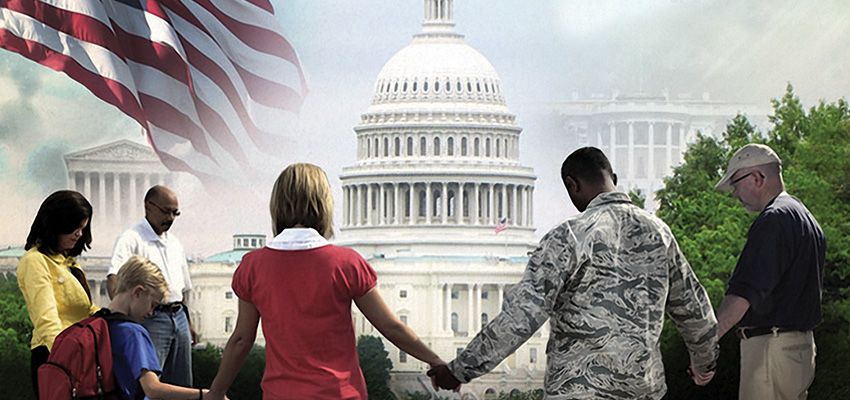Posts Tagged ‘National Day of Prayer’
A Turning Tide and the National Day of Prayer
The “tide is turning” in America.
Helping to propel it forward will be the National Day of Prayer on Thursday, May 1.
The past Easter saw a near revival-like explosion of salvations, baptisms, and heightened spiritual awareness through the United States and other nations. Thursday’s National Day of Prayer (in which I had the privilege of participating in Washington, D.C. for forty years) may be used by God to swell the rising waves of renewal.
Sadly, many of the cultural waves of the 21st century, especially in the West, have been secular/atheistic in nature including globalism. But not in 2025.
Be encouraged. The tide is turning.
You can join in by participating in the National Day of Prayer this Thursday.
Our National Day of Prayer – May 2, 2024
With organized anti-Semitic protests erupting on college campuses and war in the Middle East and Ukraine, we must fervently pray for a heaven-sent revival.
Thursday, May 2, is America’s National Day of Prayer. Important gatherings will take place in Washington, D.,C. and in thousands of cities and towns.
Will you pray for America and the world this Thursday, May 2? Read More
Who Will Weep for America?
Thursday, May 4, is the National Day of Prayer (NDP) in America.
I had the privilege of helping establish it as the first Thursday in May during the mid to late 1980’s. In 2023, we must tearfully call upon God to revive and restore our nation because we are in grave trouble as a people.
Who will weep for America?



